WORKSHOP
HARNESSING GIS FOR COMMUNITY-BASED CULTURAL HERITAGE MANAGEMENT
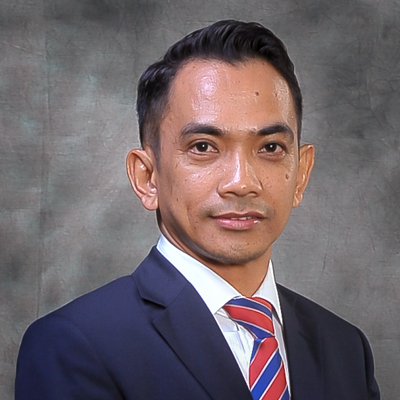
Professor Dr Tarmiji Masron
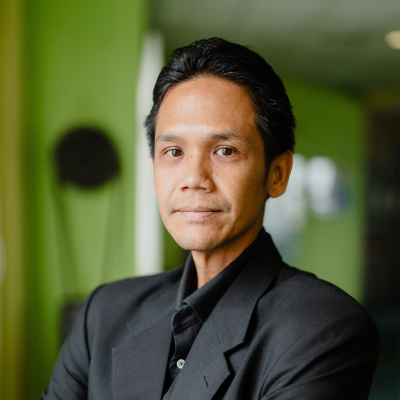
Dr Nicholas Gani
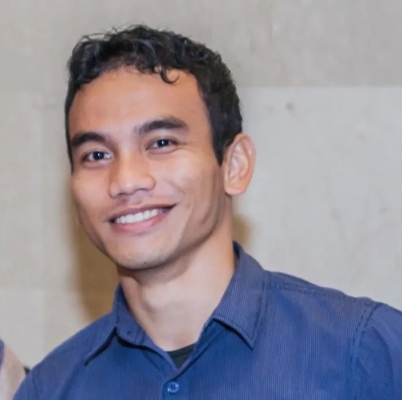
Bryan Anderson ak Wis
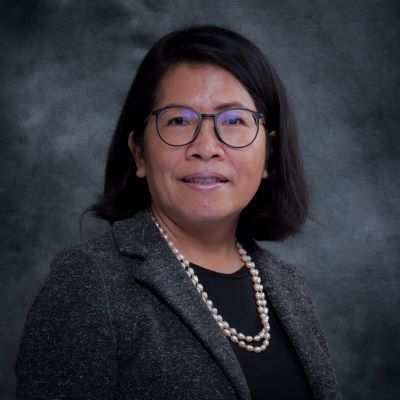
Professor Dr Poline Bala
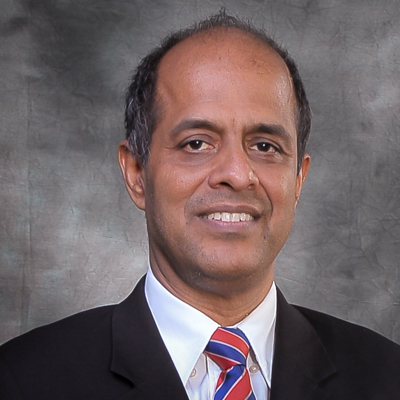
Professor Dr Narayanan A/L N. Kulathu Ramaiyer
Workshop Summary:
UNESCO World Heritage Convention and Sustainable development goals (SDG) 11.4 promote the preservation of legacies of human culture from the past. The workshop aims is to build indigenous communities’ capacities to manage the fragility of their own cultural heritage from human and non-human threats such as climate change. This workshop is designed to present potentials and findings of GIS application for community-based cultural heritage management. With the strength of participative and collaborative approaches, our goal is subsequently to enable the assimilation of scientific knowledge for rural communities to identify themselves as part and parcel of a rich high value cultural landscape.
UNESCO World Heritage Convention and Sustainable development goals (SDG) 11.4 promote the preservation of legacies of human culture from the past. The workshop aims is to build indigenous communities’ capacities to manage the fragility of their own cultural heritage from human and non-human threats such as climate change. This workshop is designed to present potentials and findings of GIS application for community-based cultural heritage management. With the strength of participative and collaborative approaches, our goal is subsequently to enable the assimilation of scientific knowledge for rural communities to identify themselves as part and parcel of a rich high value cultural landscape.
Sessions
- Introduction to Cultural Heritage Management as a practice
- Why and how Geographical Information System (GIS) for Heritage Management
- Designing Community-Based Cultural Heritage Management
- Examples of GIS-based cultural heritage management projects
WHEN WE LISTEN TOGETHER: COMMUNITY-LED SOUNDSCAPE RESEARCH TO UNDERSTAND SOCIAL-ECOLOGICAL CHANGE
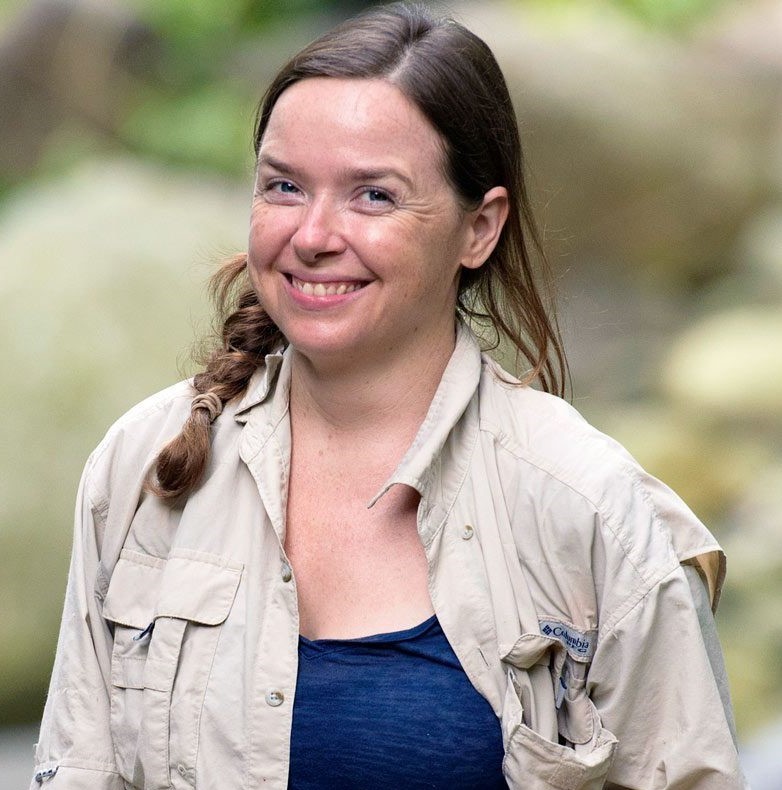
Dr Wendy M. Erb
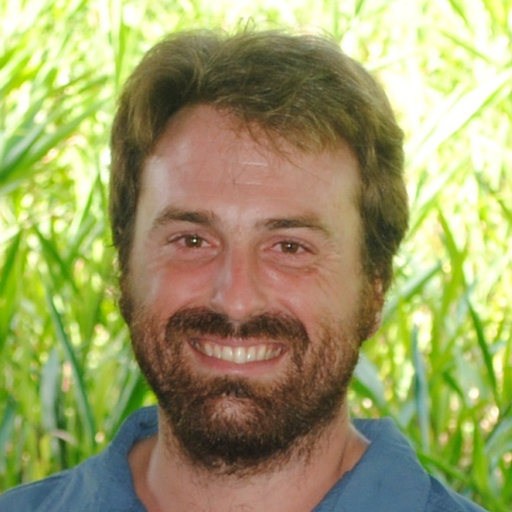
Dr Walker DePuy
Soundscapes are a potent yet under-utilized avenue for understanding and monitoring human-environment relationships. Sounds collected using autonomous recording units (ARUs) can be used to monitor wildlife populations, identify biodiversity, and assess ecosystem health in nearly any environment. At the same time, soundscapes hold cultural meaning, represent environmental knowledge, and shape individual and community identities and practices. While ARUs can provide snapshots of sound events in space and time, people are living sensors, whose situated and embodied sensory knowledge can enrich and challenge our understanding of sound- and landscapes. By combining bioacoustics and anthropology, thereby engaging soundscapes as experienced by local people, can we uncover previously unseen (and unheard) understandings of Borneo’s landscapes and the human and non-human communities who inhabit them? We aim to explore how an inclusive, sound-based research praxis that braids Western and Indigenous ways of knowing can lead to improved understandings of the connections among people, nature, and place.
